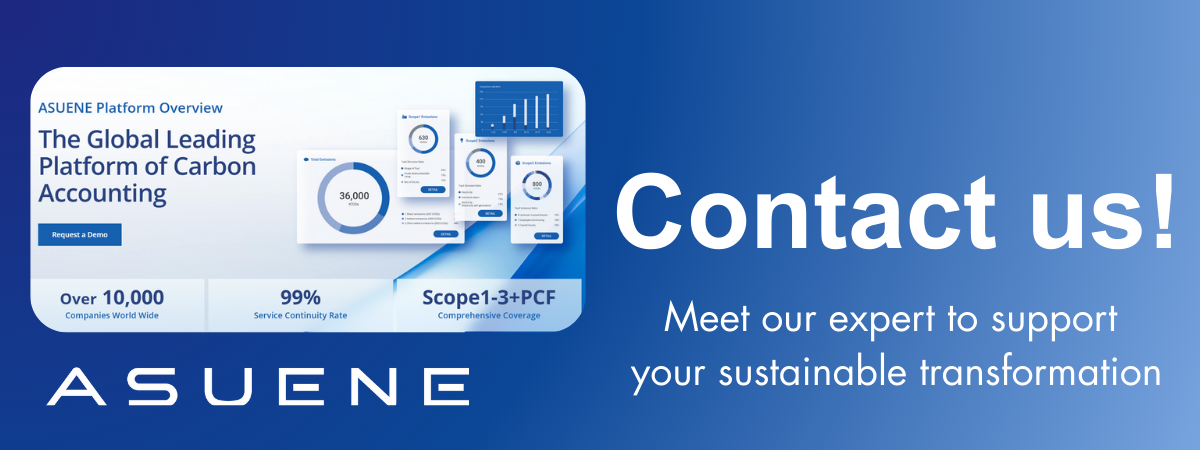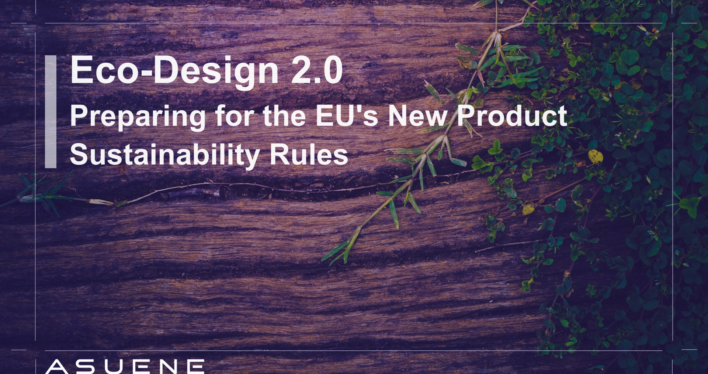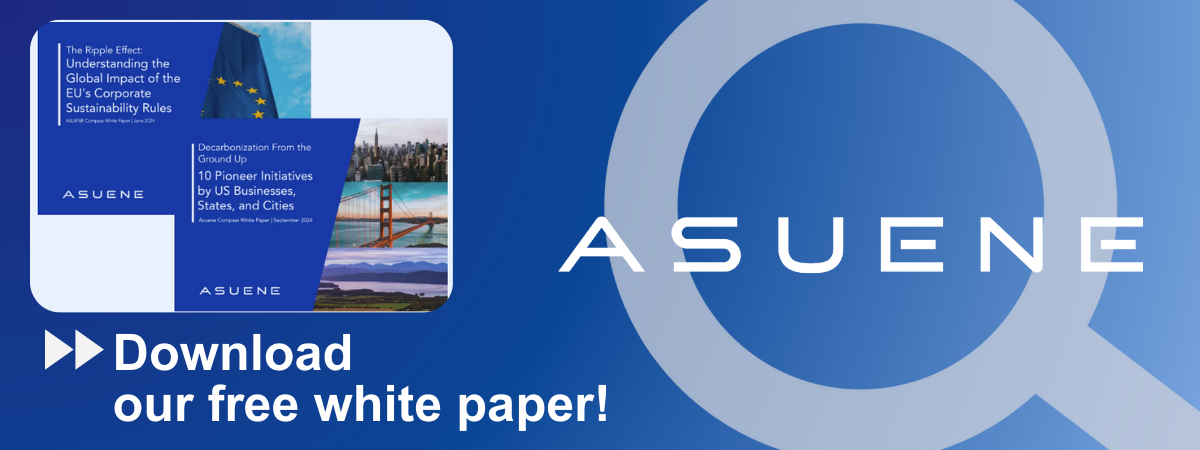- Article Summary
-
The European Union is redefining product sustainability with the introduction of the Ecodesign for Sustainable Products Regulation (ESPR), a cornerstone of its Circular Economy Action Plan. Replacing the original 2009 Ecodesign Directive, the ESPR expands its scope beyond energy-related products to virtually all physical goods sold in the EU, aiming to make sustainable products the norm.
This regulation marks a major shift in how products are designed, manufactured, and marketed. It signals to companies that circularity, durability, and environmental transparency are not just ethical goals, but regulatory expectations. In this article, we examine the key provisions of ESPR, the business implications across industries, and how companies can prepare for compliance and competitive advantage.
ESPR at a Glance: Key Requirements
The ESPR sets out a comprehensive set of sustainability criteria for products, including:
- Durability and reparability: Mandatory design standards for longer product life.
- Recycled content: Minimum thresholds for secondary materials.
- Resource efficiency: Reduction of energy, water, and raw material usage.
- Environmental footprint: Carbon and environmental performance indicators.
- Digital Product Passport (DPP): A unique data record for each product sold in the EU.
Unlike the original directive, the ESPR applies to a much wider product base, from textiles and furniture to chemicals and consumer electronics. It also enables the European Commission to set product-specific rules through delegated acts, based on impact assessments.

ESPR vs. 2009 Ecodesign Directive
| Feature | 2009 Directive | ESPR (2024 proposal) |
|---|---|---|
| Product scope | Energy-related only | All physical goods (with few exceptions) |
| Environmental metrics | Energy use | Energy, carbon, materials, repairability |
| Compliance system | Manufacturer declaration | Product-specific digital passports |
| Legal instrument | Directive | Regulation (directly applicable) |
Digital Product Passport: Enabling Traceability
A central feature of the ESPR is the Digital Product Passport (DPP), which will hold standardized data on:
- Product composition
- Carbon footprint
- Repair and recycling instructions
- Certification and compliance records
The DPP aims to promote transparency, facilitate consumer choice, and enable regulators to enforce circular standards. It will also support B2B and B2C traceability, helping buyers make informed purchasing decisions.
The DPP will be required for all high-impact product categories, starting with textiles, electronics, and batteries. It must be machine-readable, interoperable, and linked to unique identifiers (e.g., QR codes, RFID tags).
Strategic Impacts for Business
ESPR will affect companies across the value chain:
- Design and R&D: Need to integrate circularity from early-stage product development.
- Procurement: New requirements for sustainable materials sourcing.
- Marketing: Claims must be substantiated and linked to DPP disclosures.
- Aftermarket services: Repairs, refurbishments, and take-back schemes will be incentivized.
Companies that comply early will gain first-mover advantages in sustainability branding, regulatory readiness, and customer loyalty.
Graph: Business Readiness for ESPR Compliance (EU SMEs Survey 2024)

How to Prepare: A Strategic Roadmap
- Product portfolio assessment: Identify which product lines will be impacted and when.
- Gap analysis: Evaluate current product designs against ESPR metrics.
- Digital readiness: Invest in IT systems to generate and manage DPP data.
- Supplier engagement: Align sourcing practices with circular criteria.
- Training and governance: Build cross-functional ESG and compliance capacity.
Stakeholder collaboration—including industry associations, NGOs, and technology providers—will be essential to scale solutions and clarify technical standards.
Conclusion
The ESPR is more than a policy update—it is a paradigm shift in European product regulation. By embedding circular economy principles at the design level, it lays the groundwork for a market where resource efficiency, durability, and transparency are default expectations.
Businesses that respond proactively will not only avoid penalties but also shape the sustainable economy of the future. In preparing for ESPR, companies have the opportunity to redesign both their products and their purpose.
Why Work with ASUENE Inc.?
Asuene is a key player in carbon accounting, offering a comprehensive platform that measures, reduces, and reports emissions, including Scope 1-3, with expertise in decarbonization. Asuene serves over 10,000 clients worldwide, providing an all-in-one solution that integrates GHG accounting, ESG supply chain management, a Carbon Credit exchange platform, and third-party verification.
ASUENE supports companies in achieving net-zero goals through advanced technology, consulting services, and an extensive network.


